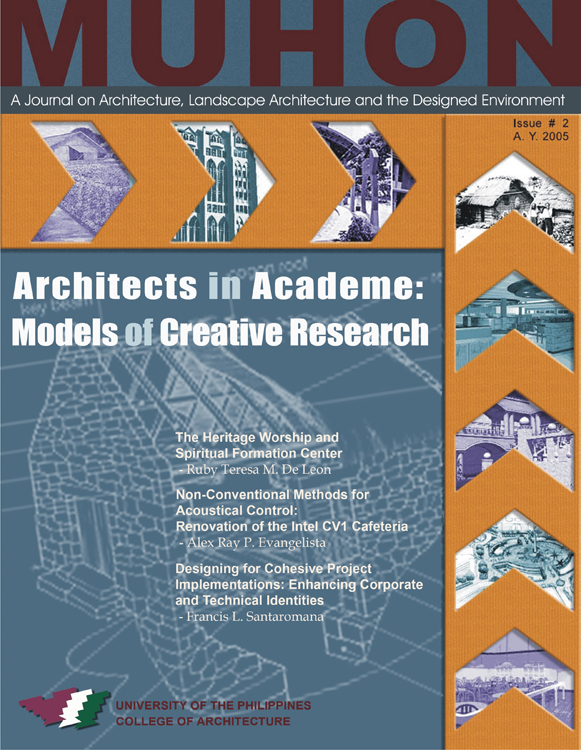Ivatan Heritage Architecture: A Survey of Different House Types and Their Evolution
Abstract
The typical representation of an Ivatan house (heritage house of Batanes) is a house made of stone, lime, wood and thatch roof made of cogon, a structure resembling houses found in European hinterlands. It clearly depicts the effects of harsh climatic conditions on the islands and the efforts of the Ivatans to adapt to a rigorous tropical environment. It tells a story of how the indigenous communities built compact and sturdy houses for protection against ravaging typhoons and the cold Siberian winds.
Unknown to most, however, is that this stone house is a product of an evolutionary process dating back to pre-Hispanic times. It is not an accurate assumption to say that the lime-stone-wood-and-thatch house is the sole representation of an Ivatan dwelling. Although the lime-stone-wood-and-thatch house has withstood the test of time, the fact remains that there are several other house types that have endured to this day most of which are made of wood-and-thatch.
This paper presents a survey of the “extant” Ivatan house types and morphologies that have evolved over a long period of time. An architectural timeline is presented as an attachment to this paper to establish the evolutionary process of the Ivatan heritage house (see Table 1). This paper does not include a description of non-existent pre-colonial heritage architecture in Batanes.The copyright for the published work belongs to UPCA and its selected publisher. The contributor is free to publish a modified version of the same article in other publications.
The contributor guarantees that :
- the article does not infringe on the copyright or any proprietary right of any other person
- the article contains no libelous or other unlawful matter
- the article makes no improper invasion of the privacy of any other person.





